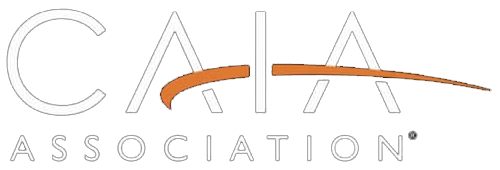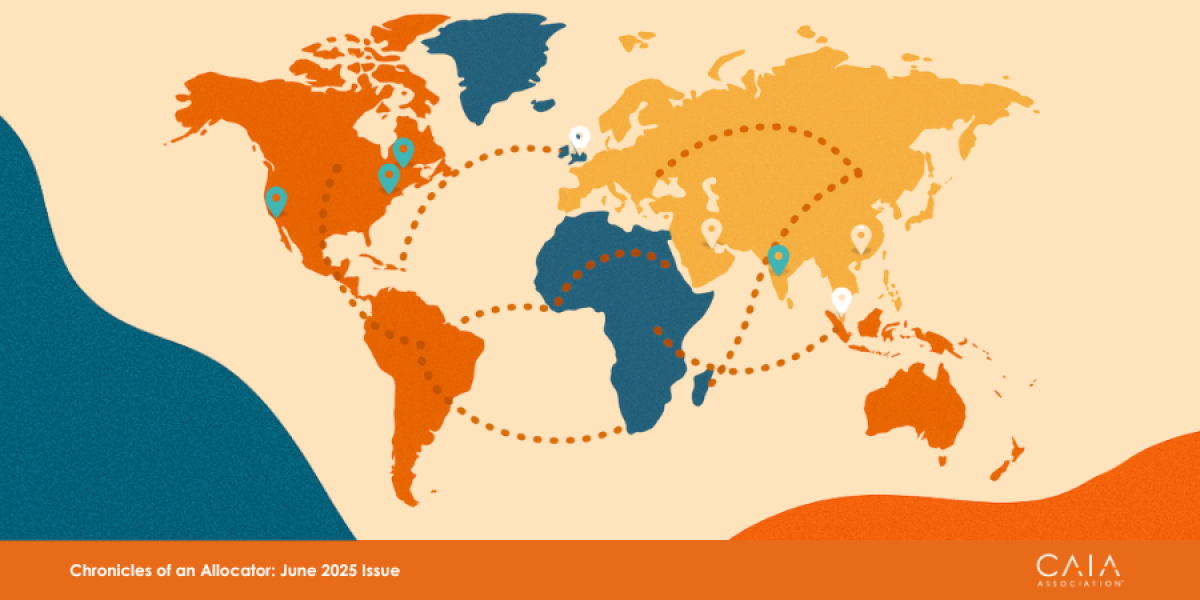Authored by John L. Bowman, CEO, CAIA Association
Steve Ballmer, the exuberant and somewhat controversial former CEO of Microsoft, describes the early years of carving out a small niche (operating systems) in the IBM-dominated computing ecosystem as “riding the bear.” Great venture capital partners will also admit that, while leadership and product design are important, the critical decision of start-ups is whether they choose the right market at the right time. Whether riding the coattails of a dominant platform incumbent or the kinetic power of a breakthrough new market, small companies are almost always initially dependent on a greater force.
Eventually, however, the company ages out of adolescence and faces a crucible moment: it must break away from the pack and demonstrate that it has something unique to offer. The romance of simply riding the right wave, or bear, eventually wears thin, and customers and shareholders demand clarity on the value proposition to prove that it has staying power. But jumping off a bear is dangerous; you’ll likely never have the opportunity to get back on; you might get eaten! You have two choices if you want to survive: you can attempt to weaken the bear by commoditizing an industry standard or you’ll need to run the other way—what we call counter-positioning in business strategy.
This is the challenge CAIA Association faces as we approach our 25th anniversary and the reason we have embarked on a rigorous strategic planning process called Vision 2035. For nearly a quarter century, we have surfed on the combination of two figurative, big waves: the explosion of alternatives and the shaping of professional investment education by our larger contemporaries. But I believe those waves, at least in their current form, have crested or perhaps even begun their roll. On the former, alternatives have largely gone mainstream, public and private markets are converging, and as we’ve written about extensively, sophisticated investors are no longer constructing portfolios along these antiquated categories. On the latter, the credentialing business has largely remained stagnant for decades despite challenges from evolution of practice, online delivery, membership growth and demands, and more recently, AI. These waves have, in certain respects, thrown our industry off its axis. The balance of forces has shifted, and we haven’t yet reached a new equilibrium. But this reckoning hasn’t left us stumbling—we saw it coming and were already in motion. In other words, CAIA is jumping off the bear.
Vision 2035 is both a destination and journey. It’s a living ambition that will shape CAIA’s blueprint for the next decade and redefine what success looks like. The process itself has been designed to both be inclusive and rewarding. The future of this profession won’t be written by a few. It demands all of us—your ideas, your questions, your ambition. That’s why the centerpiece of this journey has been a listening tour around the world with the senior leadership of the profession. At the time of this writing, we held intimate and closed-door C-suite roundtables in four financial centers: Mumbai, Los Angeles, Toronto, and New York. Participating in each of these interactive discussions were the leaders of the largest asset owners, asset managers, consultants, and thought leaders in the world. The dialogue has been energizing, enlightening, and challenging and has begun to shape a path forward. While I expect our scheduled discussions in London, Singapore, Hong Kong, and the UAE to be just as illuminating, I wanted to take this “halftime” opportunity to provide a summary of the most prominent themes we’ve encountered and debated so far:
The Blurring Edge Between Traditional and Alternatives
As strategies converge and private markets evolve, the lines between alpha and beta are fading, prompting a redesigning of how portfolios are built and who they serve. Everything is now an alternative.
The Rise of the Two-legged Investor
The next frontier for private capital fundraising and capital allocation is the wealth channel. This is catalyzing an arms race in distribution capability and product development.
Tech is Not Coming. It’s Here.
From smart contracts to smart portfolios, next-gen tech is remapping the investment landscape—faster, flatter, and more inclusive.
Teams Built for Change, Not Control
Investment teams aren’t just cross-functional or “T-shaped.” They’re cross-disciplinary systems thinkers. Tomorrow’s leaders must blend finance, data, human behavior, and rewrite the rules in real time. The org chart of tomorrow will look more like a neural network than a hierarchy.
In September, I’ll take the stage at ALTSUK in London to unveil the full scope of our Vision 2035 strategy. While the details are still being sharpened, the core direction is clear. What we can promise you now is this:
1. It will be built around a member value proposition unlike anything else in the industry. Our rapidly growing community will always remain our primacy and our anchor.
2. It will be tech-forward, modern, and courageous.
3. Our content, whether through structured programs or more casual, real-time formats—won’t focus on nostalgia or the past, but on what’s lurking around the corner and over the horizon. That’s been our ethos since the beginning.
4. And, yes, we’ll have a whole lot of collective fun along the way!
I’d encourage you to check out our newly launched Vision 2035 microsite that outlines our new Purpose and Ambition, highlights our Member survey on the future of the industry, and summarizes each of the roundtables to date. We’ll be updating this regularly as the journey progresses. We’re building the most energized community of investment professionals in the world, and we’re glad you’re a part of it. This is just the beginning!
Resources:



